It was a summer that promised the most high-profile events ever in women’s sport and there was a real commitment from media to make it count. BBC Sport proclaimed that it would ‘#changethegame” in its coverage of women’s sport and the Telegraph declared it would ‘Address the under-representation of women’s sport through increased editorial coverage in digital and print media’.
At the Women’s Sport Trust, we have always campaigned for greater media profile for women’s sport but with a lack of data available it can be difficult to understand what progress has been made. So, this summer we embarked on our own analysis that looked in detail at the volume and prominence around women’s sport coverage on leading websites in the UK.
On a set time of day on a daily basis between 29th April and 11th August we studied the websites of BBC Sport, The Telegraph, The Guardian and Sky Sports. Given there have been days across all outlets in the recent past where there wasn’t a single women’s sport story on their sport home pages, it was hard to predict what success would look like, let alone think we were at a stage where there would be true parity of coverage.
But during the period of the Women’s World Cup and Wimbledon (7th June-14th July), we can now see that it’s not about asking the question ‘can women’s sport ever achieve equality across editorial sports coverage’ but ‘how often can we achieve it?’
The study, during this peak summer period, found:
- 45.7% of the top ten stories on the BBC Sport home page each day featured women’s sport.
- On three days during the period, over half of all the stories (normally 60-75 stories) on the BBC Sport home page featured women’s sport.
- 54.5% of the ‘most watched’ video clips on the BBC Sport website contained women’s sport, despite the BBC website also having rights to other major men’s events in this period, including the ICC Cricket World Cup
- Telegraph Sport’s website led on stories about women’s sport for 45% of the days
- Almost a third of the leading stories, defined as the top 12 stories on the Telegraph sport section and the main sports stories on the Guardian Sport home page, each day during the Women’s World Cup and Wimbledon featured women’s sport – 30.2% stories at The Guardian and 28.3% at The Telegraph
Over the whole period of the study, between 29th April and 11th August, women’s sport featured in at least half of the top 10 stories on 20% of the days monitored.
Joint CEO of The Women’s Sport Trust Tammy Parlour says, “The fact that we can now show it is possible to reach parity in coverage for women’s sport is exciting because it means it can be done again, we just need to create the right circumstances. After being told for many years there wasn’t an audience for women’s sport we now have further proof that this is far from the case and we can only see this growing in the future.”
Of course, there will be the challenge of sustaining coverage outside the major events, and prominence and volume did drop off post Wimbledon, partly reflecting the sporting calendar. This is why coverage of domestic women’s leagues like the Barclays FA WSL (football) and The Women’s Hundred (cricket) are so important.
And it’s not just the media that need to continue to do better – a quick search, for example, on Google for ‘England football players’, despite the interest in the Women’s World Cup, surfaces only male players in the initial results.
But at a time when fingers have often been pointed at the media around what are they doing for women’s sport, whether you are a rights holder, brand, publisher or broadcaster, why not take the time to take a look at your own output across your own digital and marketing channels, and assess your diversity of coverage, as well use of female imagery and voices, and see how you benchmark against the best of the UK media.
